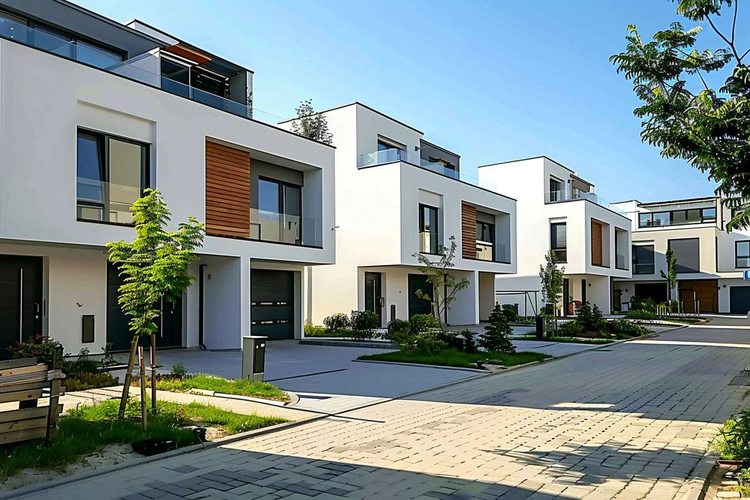Title: Reimagining Parking Lots: The Next Frontier in Urban Real Estate
In the bustling landscape of urban development, an unexpected contender has emerged as a goldmine for real estate innovation: the humble parking lot. Once viewed merely as necessary infrastructure, these expansive swaths of asphalt are now being recognized as prime real estate with immense potential for transformation. This shift in perspective is not just reshaping cityscapes; it's redefining the very essence of urban living and investment opportunities.

Changing Demographics and Urban Lifestyles
The push to reimagine parking lots is driven in part by shifting demographics and evolving urban lifestyles. Millennials and Gen Z, who increasingly populate city centers, show a preference for walkable neighborhoods and reduced car dependency. This trend, coupled with the rise of ride-sharing services and improved public transportation, has led to a decrease in personal vehicle ownership in many urban areas. As a result, the demand for extensive parking facilities is waning, opening up opportunities for alternative uses of these spaces.
Economic Incentives for Redevelopment
From an economic standpoint, the redevelopment of parking lots presents a compelling case for investors and property owners. In many cities, surface parking lots generate relatively low returns compared to other forms of real estate. By converting these spaces into mixed-use developments, residential complexes, or commercial hubs, property owners can significantly increase their return on investment. Moreover, such redevelopments often align with city initiatives to increase housing supply and revitalize urban cores, potentially unlocking tax incentives and streamlined approval processes.
Innovative Design Solutions
Architects and urban planners are rising to the challenge of reimagining parking spaces with creative and sustainable design solutions. One popular approach is the concept of flexible parking structures that can be easily converted to other uses as parking demand decreases. These adaptable designs incorporate features such as higher ceilings, level floors, and easily removable ramps, allowing for future conversion into office spaces, residential units, or retail areas. Some developments are even integrating green spaces and urban farms into parking structures, creating multi-functional buildings that serve both immediate parking needs and long-term community benefits.
Challenges and Considerations
While the potential for parking lot redevelopment is enormous, it’s not without challenges. Zoning regulations in many cities still require a minimum number of parking spaces for new developments, potentially hindering innovative redevelopment plans. Additionally, in areas where car dependency remains high, reducing available parking could face resistance from local residents and businesses. Developers and city planners must navigate these concerns carefully, often through phased approaches that gradually reduce parking while improving alternative transportation options.
Impact on Real Estate Markets
The trend of parking lot redevelopment is having a ripple effect on surrounding real estate markets. As these often centrally-located spaces are transformed into vibrant, mixed-use areas, they can spark broader neighborhood revitalization. This can lead to increased property values in adjacent areas and create new investment opportunities in previously overlooked urban zones. For real estate investors, identifying areas with high concentrations of underutilized parking lots could signal potential for future growth and development.
Future Outlook and Investment Opportunities
Looking ahead, the reimagining of parking lots represents a significant shift in urban real estate dynamics. As cities continue to densify and prioritize sustainable development, these spaces will likely become increasingly valuable targets for redevelopment. Savvy investors and developers who can navigate the complexities of transforming these spaces stand to benefit greatly from this trend. Moreover, as autonomous vehicles and smart city technologies advance, the need for traditional parking infrastructure may decrease further, accelerating the potential for innovative uses of these spaces.
In conclusion, the transformation of urban parking lots represents a fascinating frontier in real estate development. It reflects broader shifts in urban living preferences, sustainability goals, and economic imperatives. For those in the real estate industry, from investors to developers to urban planners, understanding and capitalizing on this trend could unlock significant opportunities in the evolving landscape of our cities. As we move forward, the creative reimagining of these once-overlooked spaces may well become a defining feature of 21st-century urban development.




